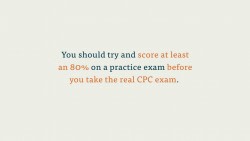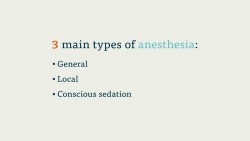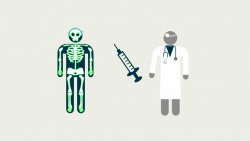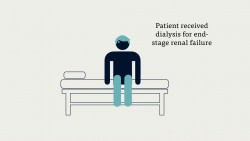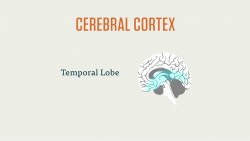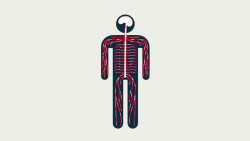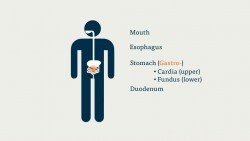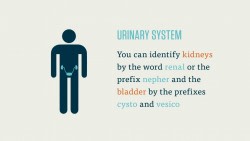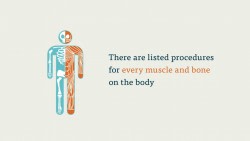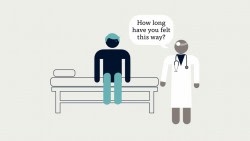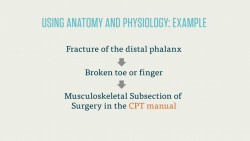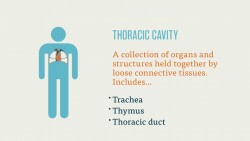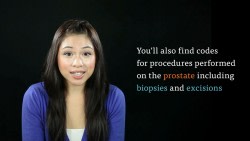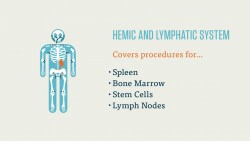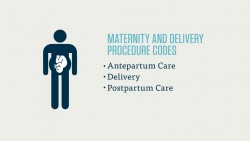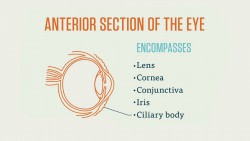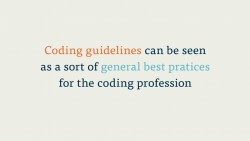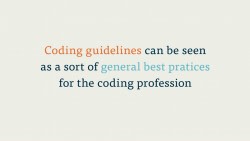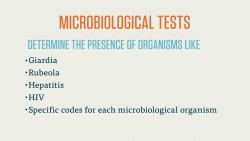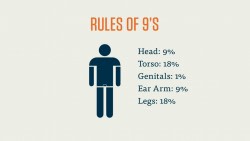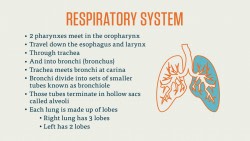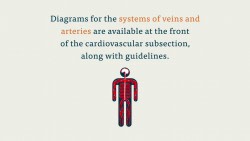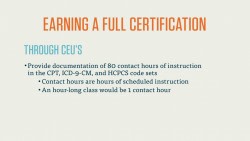The digestive system is one of the more straightforward fields of anatomy and surgery that you’ll have to know for the CPC exam. In this course, we’ll look at the general structure of the digestive system and the types of surgery codes you’ll need to know for the exam.
Unfortunately we don’t have a number for how many questions focus on the digestive system. You will probably see at least a few (as always, the AAPC does not release how many questions on the exam focus on a particular subject).
Surgical procedures on the digestive system are found in the 40490 – 49999 numerical range, right in the middle of the Surgery section.
The digestive system extends from where food enters to where it leaves the body. That is, from the mouth to the rectum. This is called the alimentary canal, and the digestive system subsection of Surgery is more or less arranged to follow the path from ingestion to excretion.
Generally, food enters the mouth and travels down the esophagus. From there it enters the stomach (look for “gastro” if you’re looking for key terms in an exam question). The stomach is divided into two sections: the cardia (upper, not to be confused with ‘cardio’) and fundus (lower).
Upon leaving the stomach, digested food moves into the duodenum. The duodenum is the end of the upper gastrointestinal tract (GI). This will be important in coding procedures, as certain ones start in the mouth and move all the way down to the duodenum, while others pass through the rectum into the lower GI.
From the duodenum, food travels to the small intestine and then to the large intestine, also known as the colon. Food moves through the large intestine to the rectum (look for “procto-,” as in proctology), and then is excreted through the anus.
There are, as you might imagine, countless surgical procedures that affect this long, complicated system.
When coding a procedure on the digestive system, it’s important to note where the procedure starts. Some procedures start at the mouth and go all the way to the duodenum. Others, like colonoscopies, start via the rectum and travel through the colon. If given a choice between two procedures, we always code the furthest-in one. That is, if we were removing polyps in the esophagus and the duodenum, we would use the code for the polyp excision in the duodenum, because it’s the furthest-in.
Not all exploratory surgical procedures on the digestive system go through one of the openings of the alimentary canal. Several are performed via laparoscopy. A laparoscopy uses a thin tube, inserted via a small incision into the belly, to look at the abdominal organs. You’ll find laparoscopy codes in the digestive system subsection, along with codes for laporotomy (mostly exploratory procedures with approaches made through large incisions in the belly) and other surgical procedures.
Note that the digestive system subsection extends beyond the alimentary canal, and includes procedures performed on the pancreas and appendix, both of which are attached to the digestive system.
The digestive system subsection of Surgery closes with various codes for treating and repairing hernias and other malformations or injuries to the GI. Codes for hernia repair procedures are separated by where on the body the hernia occurs and by what type of hernia it is (for example, is the hernia recurring?). Hernia codes also take into account how old the patient is, with different codes for hernia repairs in infants, children, and adults.
As with all Surgery section, you’ll need to be familiar with both the human anatomy, and the terminology used in surgical procedures. Know the terms for excision and incision, the –otomies and –ectomies. You should also know to look for several “scope” procedures. These would include anything using an endoscope, which is a long, flexible tube with a camera that helps doctors look directly inside the GI tract.

